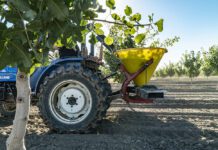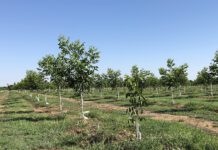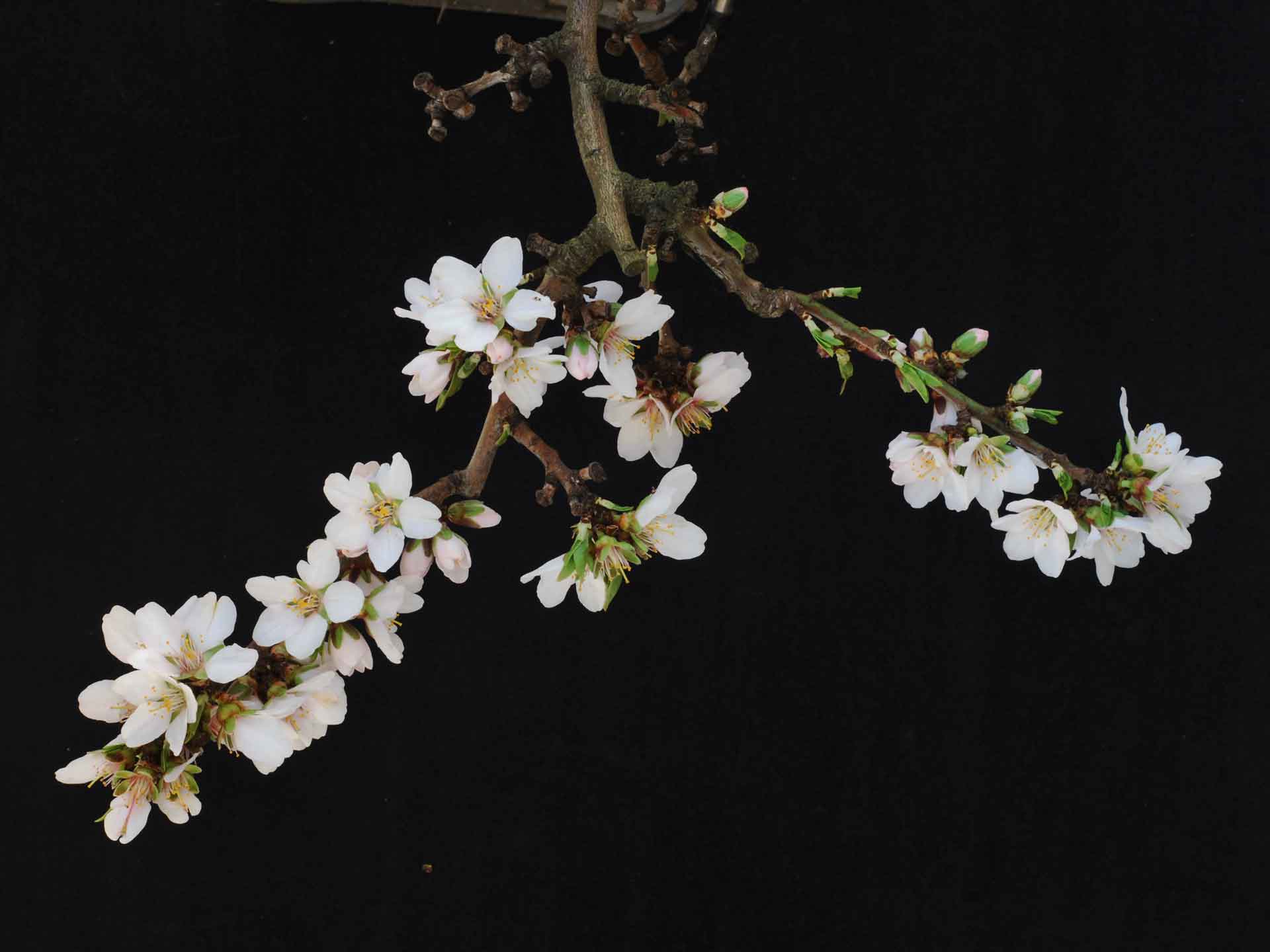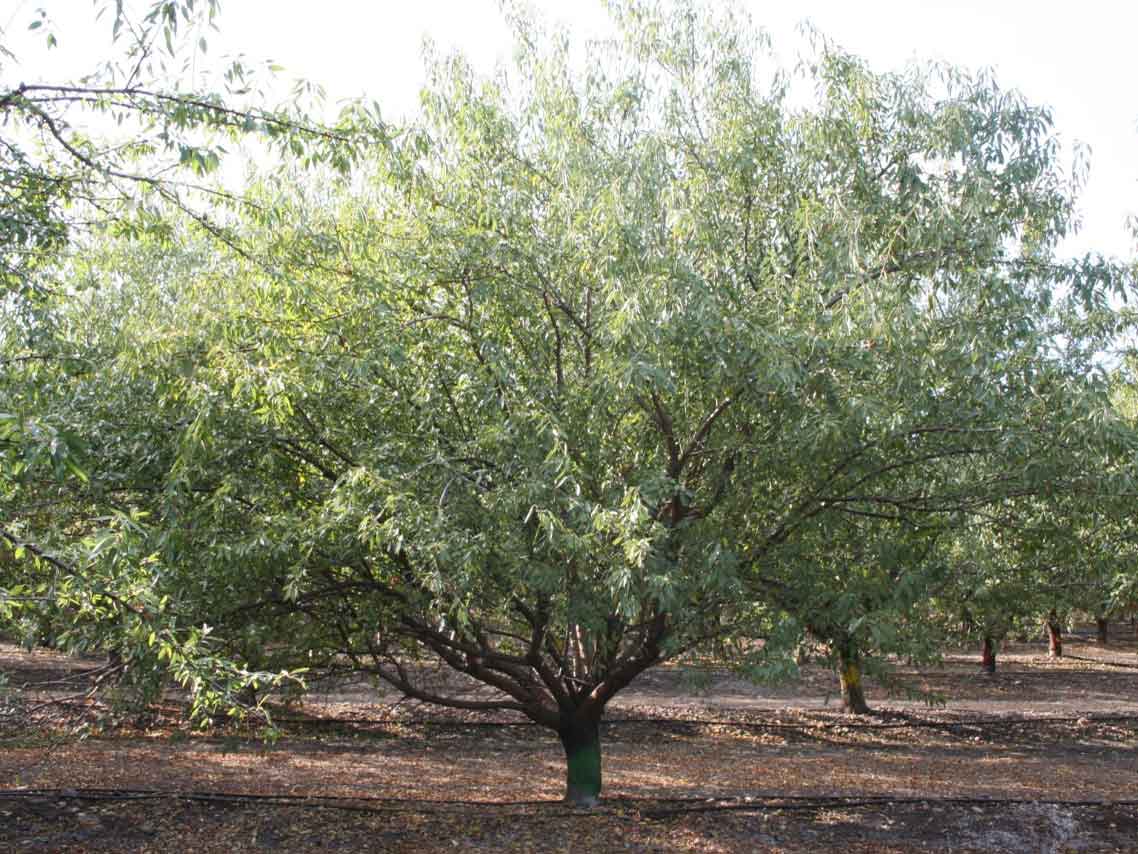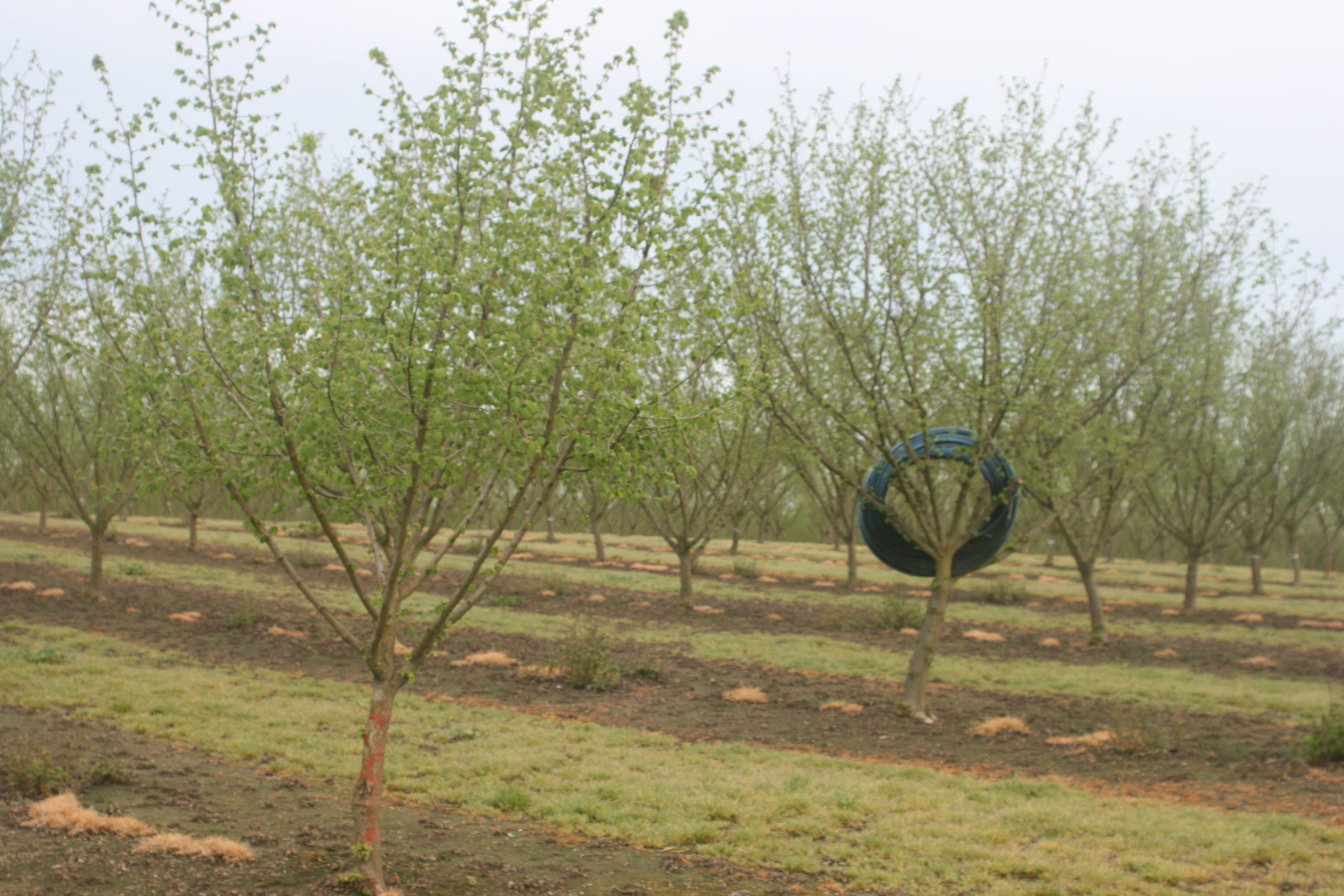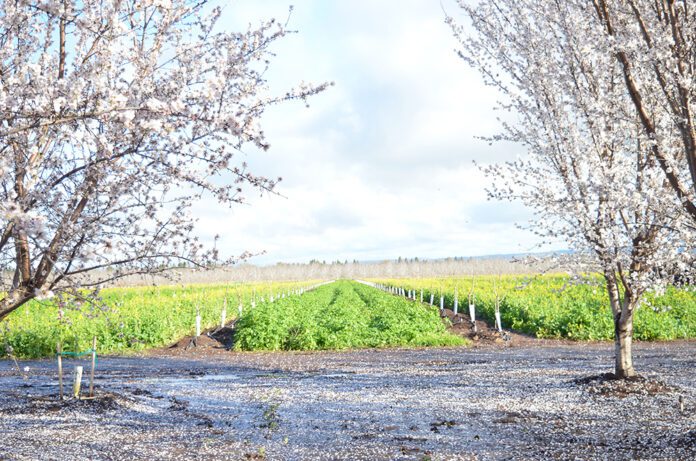
Agricultural practices that enhance and protect soil health have gained considerable attention. Among these, cover cropping stands out for its ability to sustain and boost soil health, which plays a critical role in agricultural productivity. Cover crops, like those available through the Seeds for Bees® program, are not only a means of protecting soil from erosion but also a fundamental element in nurturing a vibrant ecosystem of soil biota.
Soil health is measured by the amount of life and functional capacity within the soil. It is the biological, physical and chemical components of soil working together to sustain productivity, diversity and crop quality. Living soil is rich in organic matter, teeming with a diverse community of microbes, fungi, invertebrates and other organisms. These communities contribute to vital ecosystem functions, such as nutrient cycling, disease suppression and soil structure, which are essential for productive plant growth and resilience.
Conventional farming practices have often disrupted the soil, especially in systems like orchards where soils must be made bare in preparation for harvest. Such practices can starve soil organisms, particularly during long periods when plants are absent. Without plants, the soil biota lack necessary resources, resulting in a decrease in microbial diversity and beneficial fungi. This depletion of soil organisms has cascading effects, weakening soil structure, reducing nutrient availability and increasing susceptibility to diseases and pests. Over time, this diminished biological activity makes soil less productive and less resistant to environmental stressors.
Cover crops are plants grown primarily to benefit soil rather than to be harvested. These crops are typically planted between harvest cycles and are left to cover the soil throughout the winter. Cover crops directly support soil health by keeping the soil protected, reducing erosion and breaking up soil compaction. Beyond these surface-level benefits, cover crops also play a crucial role below ground.
One of the ways cover crops contribute to soil health is through the release of root exudates. Root exudates are organic compounds that plants secrete through their roots. These exudates include a variety of chemicals, such as sugars, amino acids and hormones that attract and feed microbes in the soil. This rich blend of nutrients stimulates microbial growth and manipulates microbial behavior.
Each plant species produces a unique set of exudates, meaning a mixed cover crop can foster a more diverse microbial community. This diversity can enhance soil resilience by creating a more complex soil food web. In turn, this diversity helps suppress harmful organisms, promotes nutrient cycling and improves soil structure. As cover crops grow, their root systems create pathways for air and water, further enriching the soil ecosystem.
The Mycorrhizal Glue
Some microorganisms, like arbuscular mycorrhizal fungi (AMF), form symbiotic relationships with plant roots, providing nutrients in exchange for carbohydrates. AMF are particularly beneficial to plant health as they extend the plant’s root system and increase access to water and nutrients, particularly phosphorus. By colonizing the root system, AMF also improve plant resistance to drought and other stresses.
However, AMF depend on living plant roots for survival, making them vulnerable during long periods of bare soil. In orchard systems, where soil may remain bare throughout the winter, AMF populations can decline significantly. Planting winter cover crops helps maintain AMF populations by providing a host plant during crop dormant periods. It is worth noting while most plants support AMF, certain cover crops, such as brassicas (e.g., mustard or radishes), do not form symbiotic relationships with these fungi. Therefore, to support AMF, it is beneficial to include non-brassica species, such as grasses or legumes, in the cover crop mix.
One of the remarkable contributions of AMF to soil health is the production of glomalin, a sticky protein that acts as a “soil glue,” binding soil particles into stable aggregates. Soil aggregates improve soil structure, promoting water retention, aeration and root penetration. Glomalin is an essential component of soil organic matter and is considered critical for stabilizing soils. By supporting AMF populations through cover cropping, growers can increase glomalin production, enhancing soil structure and resilience.
Soil organic matter (SOM) is the lifeblood of soil health, made up of decomposed plant and animal materials and other carbon-rich compounds. High levels of SOM improve soil fertility, water-holding capacity and microbial diversity. For every 1% of organic matter, the soil can hold an additional 20,000 gallons of water per acre. Despite being mostly decomposed, microbes will continue to break down soil organic matter at a much slower rate, releasing approximately 20 lbs of available N per acre per 1% of organic matter. Cover crops contribute to SOM through root biomass, which is decomposed by soil organisms. The decomposition of cover crop residues adds carbon to the soil, providing a food source for microbes and supporting a healthy soil ecosystem. Typical farmland SOM ranges from 2% to 3%, with 5% being considered on the upper end.
Diverse cover crop mixtures are highly beneficial for soil microbial communities as different plant species attract different microbial partners. For example, leguminous cover crops, like Seeds for Bees® Annual Clover mix, host nitrogen-fixing bacteria in their root nodules. These bacteria convert atmospheric nitrogen into forms that plants can use. Grasses, on the other hand, contribute significant amounts of root biomass to the soil, which decomposes and builds SOM.
Dynamic Interactions
The interactions between plants and soil microbes are dynamic, and different plant species have different colonization strategies. By using a diverse mix of cover crops, growers can promote a broad range of beneficial microbial interactions, which results in a more resilient and biologically active soil ecosystem. A well-balanced cover crop mixture can include nitrogen fixers, deep-rooted plants that break up compacted soil and species that resist pests, creating a balanced system that fosters healthy soil.
Cover crops play an essential role in promoting soil health by sustaining a dynamic, interconnected ecosystem beneath the soil surface. Through the production of root exudates, cover crops support microbial diversity, improve soil structure and facilitate nutrient cycling. By maintaining soil biota, cover crops reduce reliance on synthetic inputs and increase the resilience of soil systems. The presence of diverse cover crops ensures a healthy soil food web, allowing for a balanced ecosystem that can better withstand environmental stresses and support long-term agricultural productivity.
Integrating cover crops into farming practices is not just about covering bare soil; it’s about fostering life below the surface and creating a sustainable foundation for agriculture. As more growers adopt cover cropping, soil health will continue to improve.
Those interested in receiving free cover crop seed and are located in California can apply to the Seeds for Bees® program. The application is open from April 1 to August 31 and can be accessed at projectapism.org. Outside of the application window, applicants can fill out a contact form to receive an email reminder with a link to the application when it opens. References available upon request.


